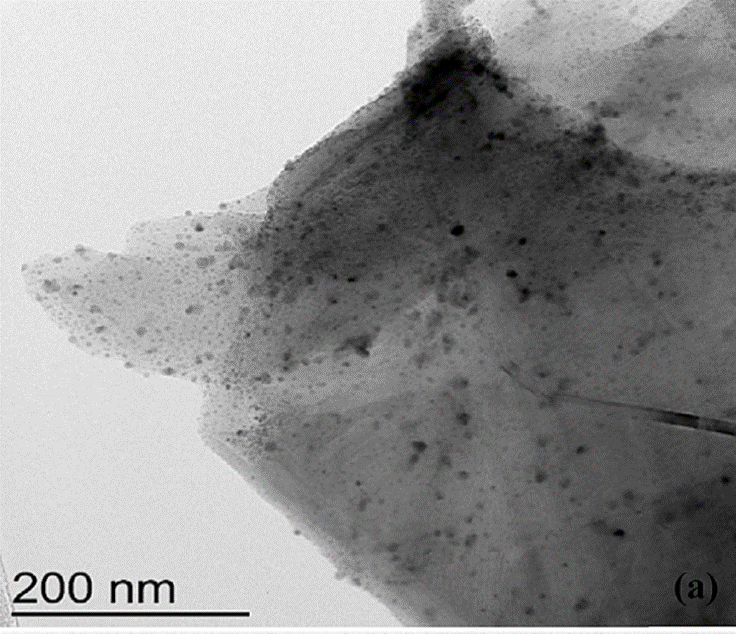Current Research Themes
Understanding factors that control stability or instability of metal-organic frameworks
Projects in this topic area focus on developing structure-property relationships for MOF stability in the presence of humidity and/or acid gases. Developing adsorbents and catalysts for energy applications must include knowledge on how these materials will behave under realistic conditions. From flue gas treatment to natural gas sweetening, degradation and deactivation of materials can be the determining factor in successful applications.
- Mounfield, W. P., C. Han, S. H. Pang, U. Tumuluri, Y. Jiao, S. Bhattacharyya, M. R. Dutzer, S. Nair, Z. Wu, R. P. Lively, D. S. Sholl, K. S. Walton, Synergistic Efects of Water and SO2 on Degradation of MIL-125 in the Presence of Acid Gases, Journal of Physical Chemistry C, 2016, 120, 27230-27240. http://pubs.acs.org/doi/abs/10.1021/acs.jpcc.6b09264
- Jiao, Y., C. R. Morelock, N. C. Burtch, W. P. Mounfield, J. T. Hungerford, K. S. Walton, Tuning the Kinetic Water Stability and Adsorption Interactions of Mg-MOF-74 by Partial Substitution with Co or Ni, Industrial & Engineering Chemistry Research, 2015, 54, 12408-12414. http://pubs.acs.org/doi/abs/10.1021/acs.iecr.5b03843
- Burtch, N. C., H. Jasuja, K. S. Walton, Water Stability and Adsorption in Metal-Organic Frameworks, Chemical Reviews, 2014, 114, 10575-10612. http://pubs.acs.org/doi/abs/10.1021/cr5002589
Controlling extent and form of residual metal in carbide-derived carbons
These projects center around understanding the etching process to create activated carbons from metal carbide precursors. Carbide-derived carbons (CDCs) are formed by performing a chlorination treatment on a metal carbide at high temperature. Chlorine gas reacts with the metal to create metal chlorides. Depending on the properties of these metal chlorides, a highly porous carbon with metal chloride, metal oxide, or metallic nanoparticles can be synthesized. The example image shows aluminum chloride nanoparticles on the surface of Al-CDC.
- Moran, C. M., R. M. Marti, S. E. Hayes, K. S. Walton, Synthesis and Characterization of Aluminum Carbide-Derived Carbon with Residual Aluminum-Based Nanoparticles, Carbon, 2017, 114, 482-495. https://doi.org/10.1016/j.carbon.2016.11.083
- Dutzer, M. R., M. C. Mangarella, J. A. Schott, S. Dai, K. S. Walton, The Effects of Reactor Design on the Synthesis of Titanium Carbide-Derived Carbon, Chemical Engineering Science, 2017, 160, 191-199. https://doi.org/10.1016/j.ces.2016.11.019
- Mangarella, M. C., K. S. Walton, Tailored Fe3C-Derived Carbons with Embedded Fe Nanoparticles for Ammonia Adsorption, Carbon, 2015, 95, 208-219. https://doi.org/10.1016/j.carbon.2015.08.042
Defect engineering of metal-organic frameworks
Structural defects are well known within the zeolite, metal oxide, and semiconductor fields for playing an important role in influencing and manipulating the crystal properties. MOFs are known to possess inherent defects, but less is known about how these defects influence adsorption and framework stability. MOFs can also be manipulated through ligand functionalization to include extra-framework metal sites that serve as "defect" centers in the structure. In these projects, we employ a combination approach of modulated synthesis and post-synthetic treatments to manipulate the concentration and type of defects and type of compensating groups in MOFs. We use several probe molecules to determine the impact of these defects on porosity, adsorption properties, and chemical stability.
- Jiao, Y., Y. Liu, G. Zhu, J. T. Hungerford, S. Bhattacharyya, R. P. Lively, D. S. Sholl, K. S. Walton, Heat Treatment of Defective UiO-66 from Modulated Synthesis: Adsorption and Stability Studies, under review.
- Joshi, J. N., E. Y. Garcia-Gutierrez, C. M. Moran, J. I. Deneff, K. S. Walton, Engineering Copper Carboxylate Functionalities on Water Stable Metal-Organic Frameworks for Enhancement of Ammonia Removal Capacities, Journal of Physical Chemistry C, 2017, 121, 3310-3319.
- Mounfield, W. P., U. Tumuluri, Y. Jiao, M. Li, S. Dai, Z. Wu, K. S. Walton, Role of Defects and Metal Coordination on Adsorption of Acid Gases in MOFs and Metal Oxides: An In Situ IR Spectroscopic Study, Microporous and Mesoporous Materials, 2016, 227, 65-75.
Supported amines for capture of carbon dioxide from ambient sources
Work in this area focuses on the development of structured forms of metal-organic frameworks used as supports for aminopolymers. Special emphasis is given to crystallization methods for growing MOFs from metal oxide precursors. These composites are capable of adsorbing large amounts of carbon dioxide from dilute feed sources.
- Darunte, L. A., Y. Terada, C. R. Murdock, K. S. Walton, D. S. Sholl, C. W. Jones, Monolith Supported Amine Functionalized Mg2(dobpdc) Adsorbents for CO2 Capture, ACS Applied Materials & Interfaces, 2017, 9, 17043-17051.
- Darunte, L. A., A. D. Oetomo, K. S. Walton, D. S. Sholl, C. W. Jones, Direct Air Capture of CO2 Using Amine Functionalized MIL-101(Cr), ACS Sustainable Chemistry Engineering, 2016, 4, 5761-5768.
- Durante, L., K. S. Walton, D. S. Sholl, C. W. Jones, CO2 Capture via Adsorption in Amine-Functionalized Sorbents, Current Opinion in Chemical Engineering, 2016, 12, 82-90.
MOFs and mof composites for air purification
New sorbent technologies are critical for advanced toxic chemical removal from air. Projects in this topic area focus on the synthesis of MOFs, MOF-polymer composites, and MOF-nanoparticle composites for effective treatment of contaminated breathing air. Ammonia and other toxic industrial chemicals are major targets.
- Mounfield, W. P., M. Taboraga Claure, P. K. Agrawal, C. W. Jones, K. S. Walton, Synergistic Effect of Mixed Oxide on the Adsorption of Ammonia with Metal-Organic Frameworks, Industrial & Engineering Chemistry Research, 2016, 55, 6492-6500.
- Jasuja, H., G. W. Peterson, J. B. Decoste, M. A. Brow, and K. S. Walton, Evaluation of MOFs for Air Purification and Air Quality Control Applications: Ammonia Removal from Air, Chemical Engineering Science, 2015, 124, 118-124.
- Tulig, K. and K. S. Walton, An Alternative UiO-66 Synthesis for HCl-Sensitive Nanoparticle Encapsulation, RSC Advances, 2014, 4, 51080-51083.







